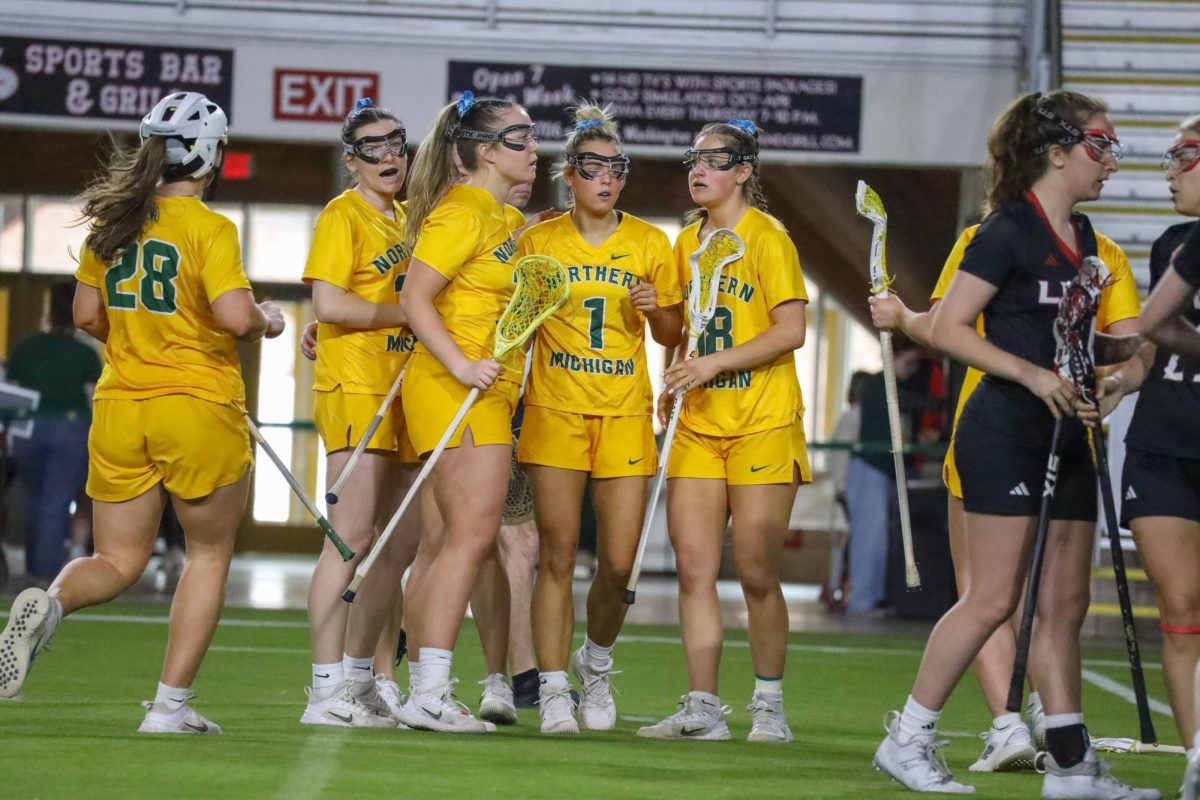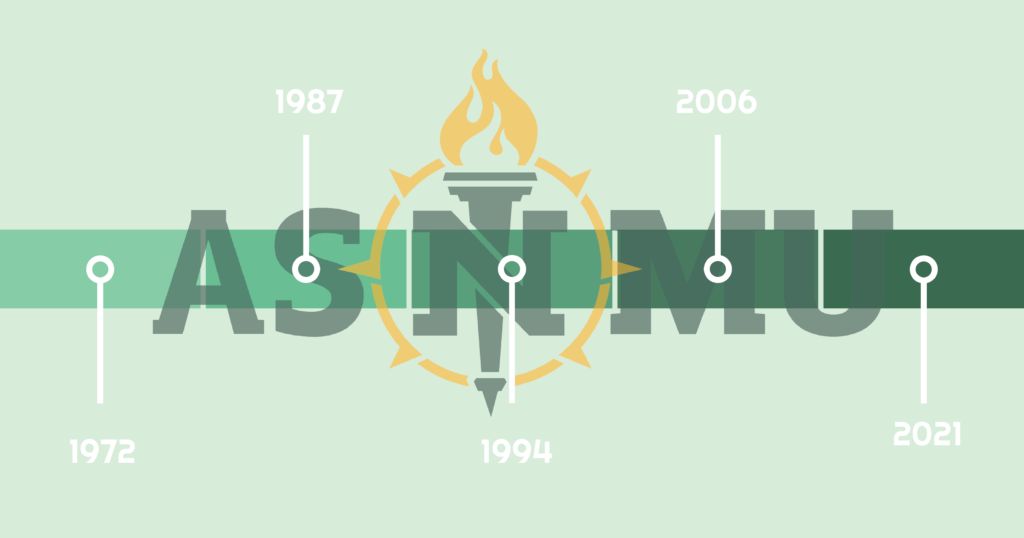 Construction of a covered pavilion where Carey Hall once stood has been underway since Monday, July 15, when builders started excavating.
Construction of a covered pavilion where Carey Hall once stood has been underway since Monday, July 15, when builders started excavating.
According to Martha Haynes, vice president for advancement, the location of the pavilion construction is ideal for a variety of reasons.
“It’s a good location for post- and pre-game parties,” Haynes said. “If we wanted to have a party before or after a football game, there’s a view of Lake Superior and it’s close to the UC (University Center).”
The pavilion is located near the art walk as well, and Haynes acknowledged that it will “create a more park-like area.”
According to Haynes, the idea of a pavilion has long been discussed as a need for the campus. Once the pavilion is complete, it will provide a permanent, covered outdoor location on campus — dismissing the need to plan for alternative rain locations.
“It will be used primarily for campus events outside, such as summer orientation,” Haynes said. “Before, anything we wanted to do outside, we had to put up a tent.”
The pavilion will also be open for students, faculty and the community to use anytime, so as there is not another event happening, according to Haynes. Scheduling of events for the pavilion will be done by NMU Conference and Catering.
According to Brandon Sager, assistant director for facilities and project manager, the construction of the pavilion is on schedule to be completed by Tuesday, Sept. 17.
“It’s about 50 percent complete,” Sager said.
So far, the foundation has been laid and concrete has been poured. There have been no delays in building the 40 by 60 foot pavilion, Sager said.
Some additional features of the pavilion include picnic tables and lights, if an event were to be hosted at night, and removable sides and heat lamps so it can be used in fall.
The cost of the pavilion is estimated to be between $200,000 and $250,000. The funds to build the pavilion came from a donation by an alumnus, Waino Wahtera.
The pavilion will overlook the neighborhood where Wahtera lived. According to Haynes, Wahtera’s family was asked if this is how they would like to see his gift used.
“When the Waino Wahtera estate gift came in, his family was contacted to see if they felt this would be an appropriate use for part of his gift,” Haynes said.
“They fully supported the idea and so the university decided to proceed with the project.”

































